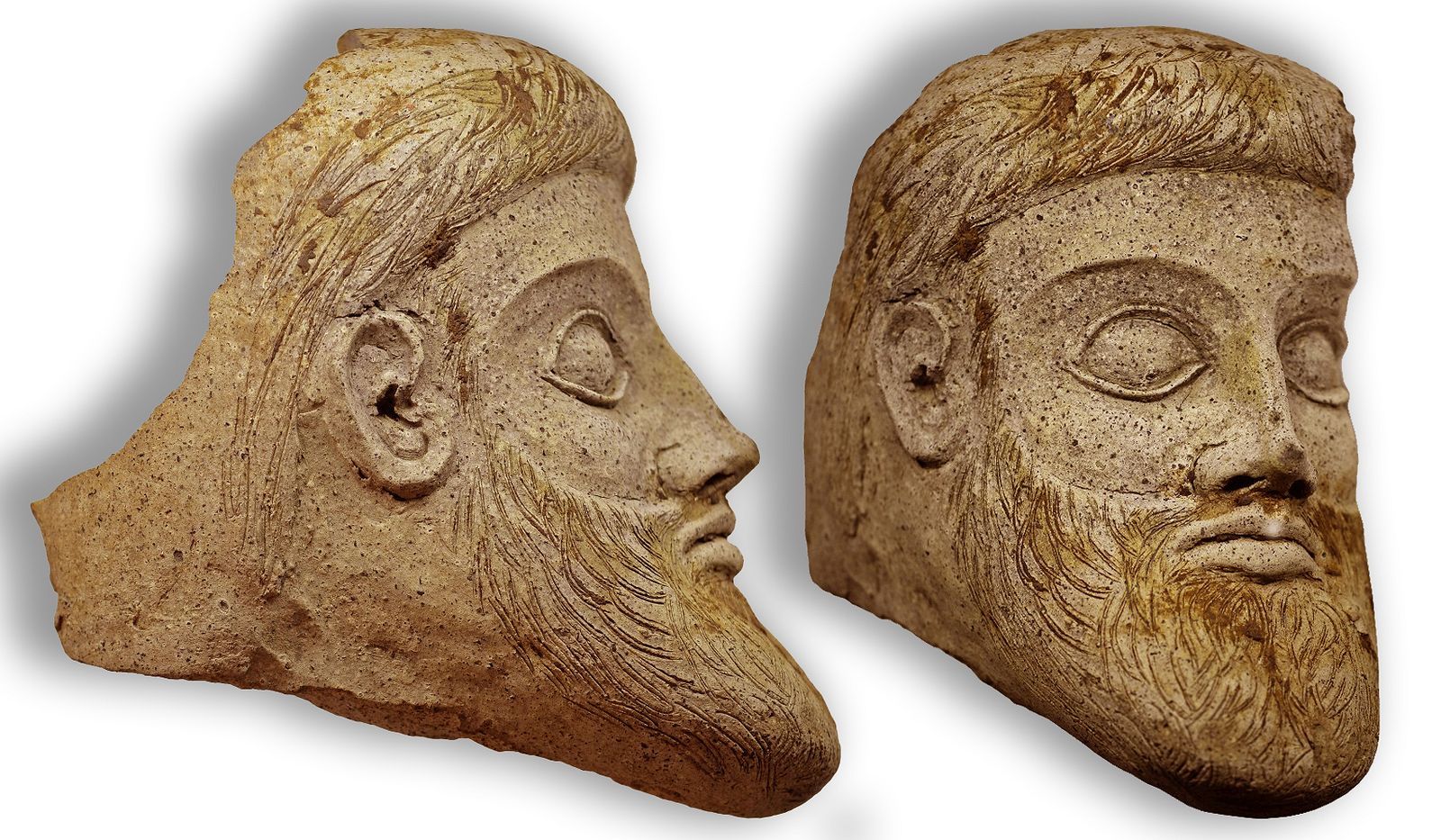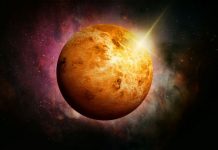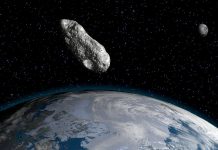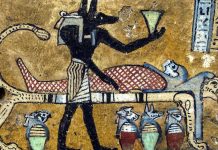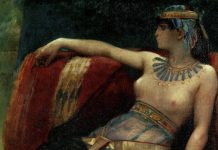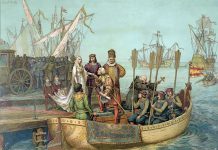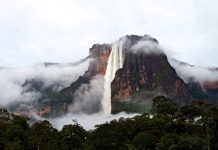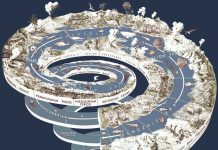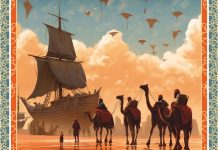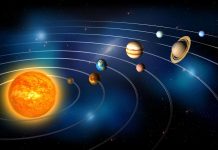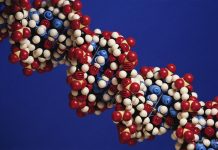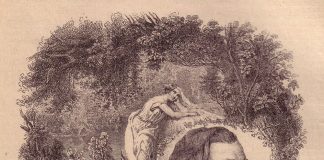Work is actively underway to build a bridge that will connect Crimea with the mainland of Russia, and, meanwhile, the seabed is opening up more and more secrets! So during the installation of the next support, a mysterious round-shaped find was discovered. When the layers of sand and silt were removed from the surface, the archaeologists gasped: in front of them was the head of an antique sculpture of a man dated to about the V century BC!
The terracotta head (as the marine find was named) belongs to the heyday of ancient Greek culture and has every reason to become a new scientific sensation. During a conversation with experts, it turned out that the head of an ancient deity is far from the only relic resting in the depths of the sea. During the underwater excavations at Cape Ak-Burun, about 60 thousand artifacts belonging to ancient civilizations were found. Once there was a transshipment base on the way from the Mediterranean to the Sea of Azov. Fragile goods were often broken, gradually covering the bottom with fragments of ancient ceramics.
There are no analogues of the terracotta head not only in Russian museums, but also in archaeological collections around the world. Now several teams of divers are engaged in exploring the bottom of the Kerch Bay. They will have to study tons of historical “garbage”, in which other sensational finds may find themselves.
The main task for researchers at the moment is to find the trunk of the statue of the deity, from which the head could break off. Of course, it can be fragmented into unidentifiable fragments, however, there is still a chance to find it.
While some researchers are busy describing and studying the terracotta head, others are concerned about the consequences that this finding may cause. The fact is that ancient writings indicate that the deity of the era of the Greco-Persian wars, in whose honor the sculpture was created, had far from the best disposition. Even the slightest manifestation of disrespect could cause troubles, wars and troubles that hit entire cities. Now it is necessary to find out the authenticity of these sources, as well as the relationship of the find with its belonging to the sculpture in honor of that very deity.
